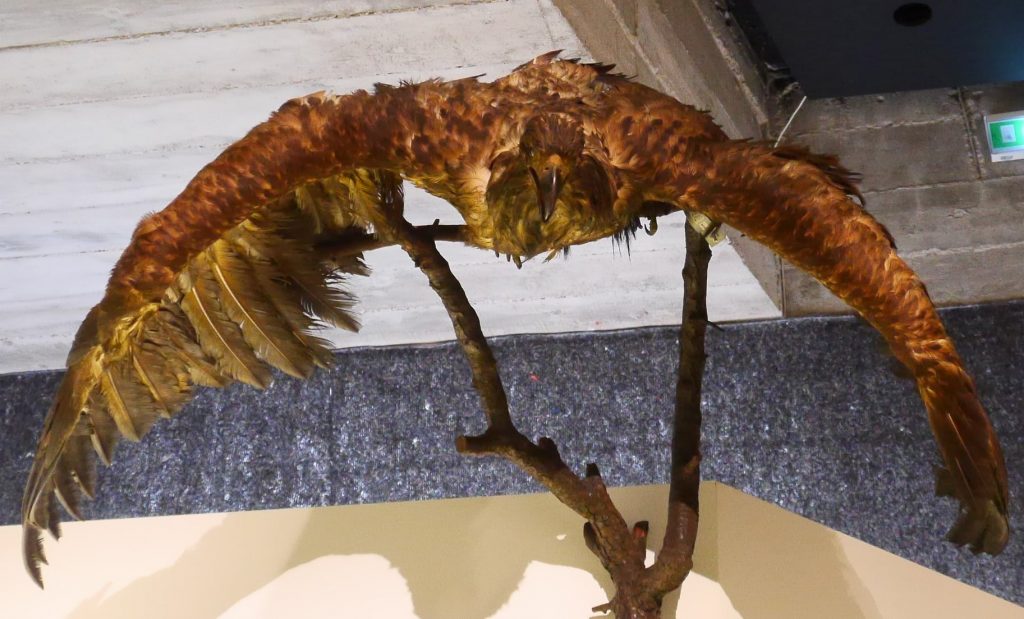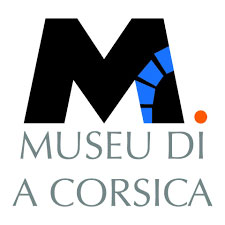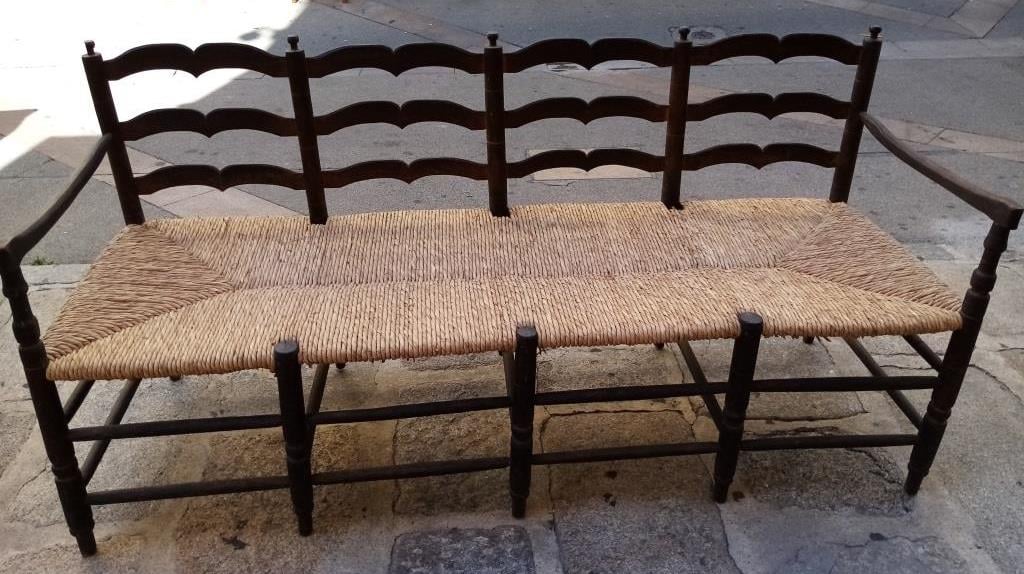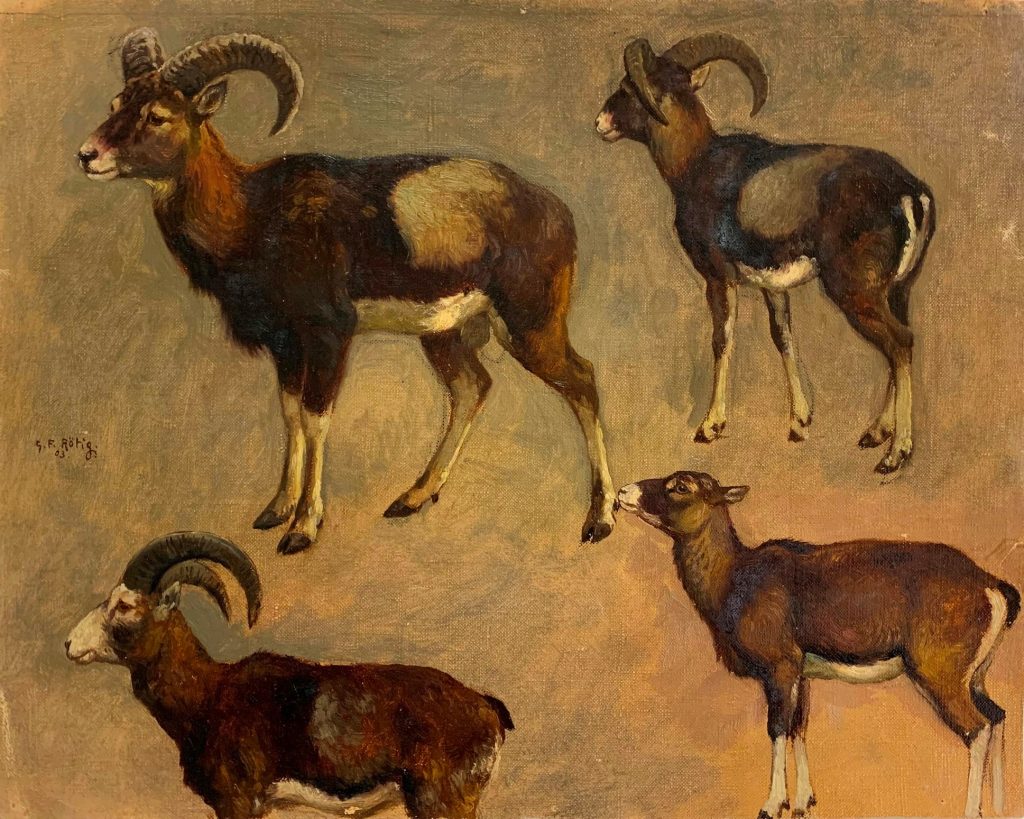Originally, the term radassier comes from the Provencal verb “radassier” which means to chat. This type of sofa, composed of 3 or 4 straw seats, with an armrest at each end and a single continuous backrest (often carved), is characteristic of the Provençal art of living.
This Corsican bench with four beech seats, known as a canapè, was made in Castagniccia in the 19th century and then acquired and kept by an Ajacan family. The four armchairs of the canapè were reupholstered around 1950 with rushes from Campu dell’Oru.
A common piece of furniture in Castagniccia for wealthy families, it was made by a wood turner and certainly comes from one of these three villages: Rapaghju, Erbaghju or U Pulverosu.
It is in U Pulverosu that the last chairmaker, Felix-Charles Giudici, worked in 1910. In Rapaghju, the workshop of the winemaker Alexandre Giovanetti, who died in 1958, was described in a monograph by the architect Borelly in 1943. The chairmakers sourced beech wood from the state forest of San Petrone or Accia. The rush mulch, cut in May and June, generally came from the marshy grounds of the Mariana plain or the marshes of Bravone and Aleria.
The Reverend Father Louis #Doazan described the activity of the Castagniccia wine makers in the booklet n°50 “Orezza – les chaisiers-tourneurs – U sediaghju – les tours”, which can be consulted on an interactive terminal in the Doazan Gallery of the #muséedelacorse. You can see a “canapè” photographed in U Pulverosu by the Father in the 70s.
The museu di a Corsica also preserves (collected and reassembled by the Father), the two types of wood lathes used by the Orezzinchi winemakers: a horizontal lathe with alternating movement with pedal and pole and a lathe with continuous movement.

Naturalized eagle
The white-tailed eagle is a large-scale migratory bird of prey





